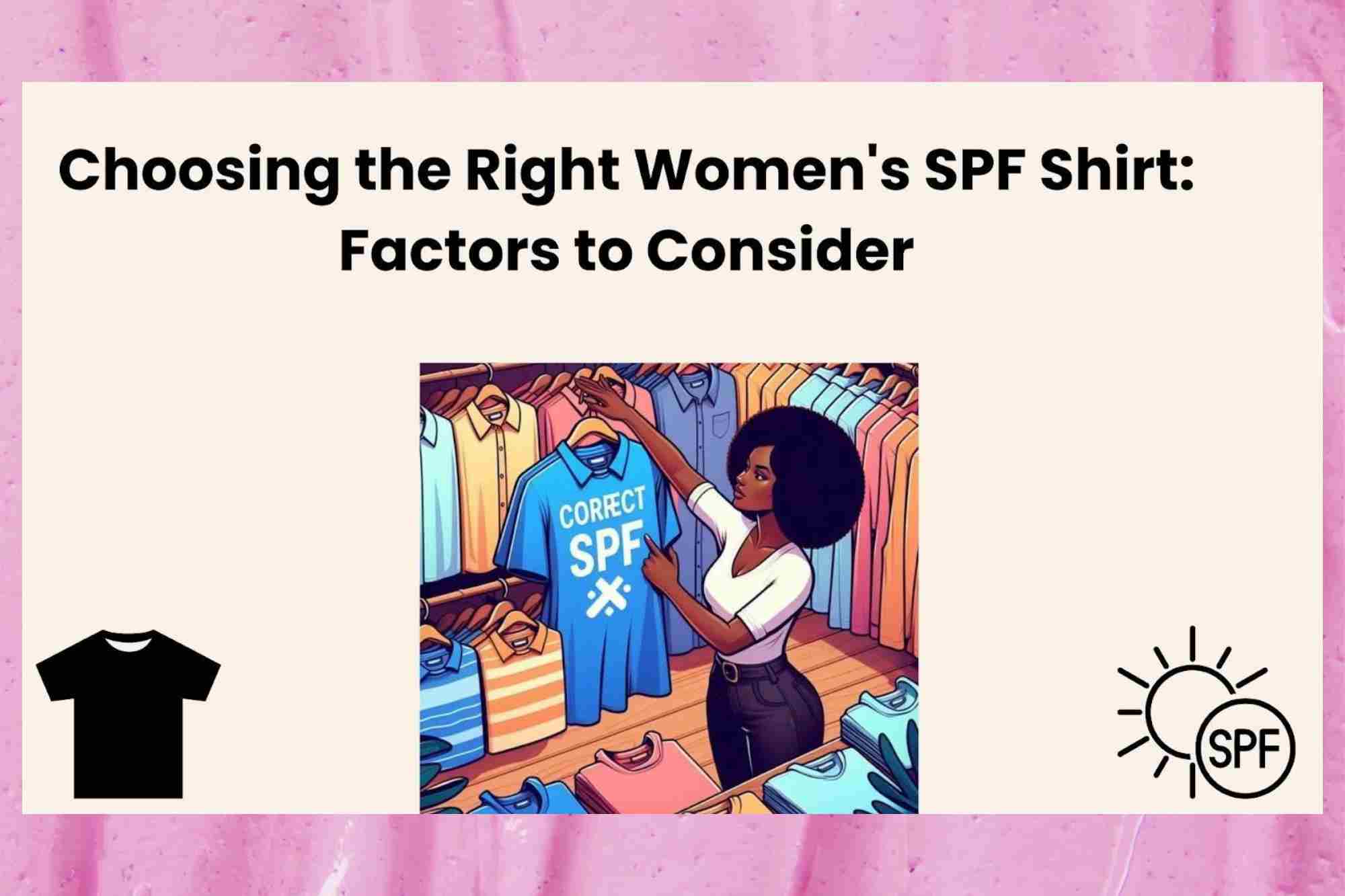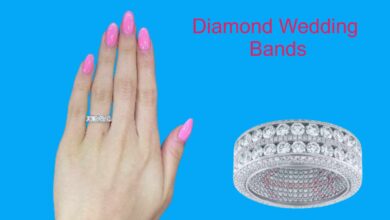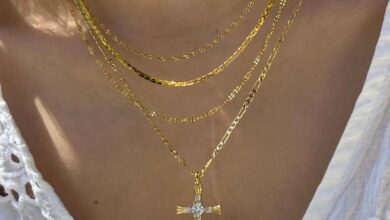Exposure to harmful UV radiation is the leading cause of skin cancer. Over 90% of skin cancers are linked to sun damage. Women who enjoy outdoor activities must select apparel with proper UV protection as it is crucial for their health. This guide covers key factors in selecting an effective women’s SPF shirt.
Table of Contents
Why Wear Sun Protective Clothing?
Skin cancer foundations and dermatologists recommend wearing clothing engineered to block ultraviolet radiation. This is an effective safeguard against sun damage. Sunscreen lotions need frequent reapplication. Sun-protective fabrics made with tight weaves and UV-blocking materials provide all-day protection. They don’t wash or wear off. These specialty apparel items shield vulnerable areas prone to sun exposure.
These areas include the chest, shoulders, and upper arms, which are often exposed to the sun during outdoor activities. Women who enjoy outdoor activities like hiking and boating can wear SPF clothing like shirts and pants. It provides continuous UV protection and peace of mind. There’s no need to constantly reapply sunscreen. Studies show that sun-protective clothing blocks over 95% of UV radiation from penetrating the skin. This makes it a smart first line of defense against sun damage. Over time, sun damage can accumulate and lead to skin cancer.
Fabric Selection
Arguably the most important factor in determining the UV protection level of sun-blocking clothing is the type of fabric used. Tightly woven fabrics leave little space for ultraviolet radiation to penetrate between the fibers. Skin cancer foundations and the American Academy of Dermatology recommend synthetic materials like polyester and nylon. They block UV rays even without special textile treatments. Adding spandex-like Lycra boosts the stretchiness and sun protection capabilities.
Natural fibers like cotton, linen, and silk on their own provide insufficient UV blocking. However, they can be blended with synthetics to improve their capabilities. The Skin Cancer Foundation has developed testing protocols to measure fabrics’ UV protection. They rate them on a UPF scale. Aim for fabrics rated UPF 30 or higher. UPF 50+ offers exceptional sun protection, blocking over 98% of UV radiation.
UPF Ratings
A fabric’s UPF rating indicates how effectively it blocks ultraviolet radiation from the sun. UPF stands for Ultraviolet Protection Factor, measuring UV protection on a scale from 15 to 50+. The higher the UPF, the more UV radiation is blocked from reaching your skin.
For instance, a shirt rated UPF 15 blocks 93% of UV rays, while UPF 30 blocks 97%, and UPF 50+ blocks 98% of UV rays. This means a fabric rated UPF 50 only allows 1/50th of the sun’s UV radiation to penetrate through, offering exceptional protection. The Skin Cancer Foundation recommends choosing sun-protective clothing with a minimum UPF rating of 30.
It endorses UPF 50+ as an excellent solution for all-day protection. Think of UPF ratings like SPF ratings for sunscreen. You want the highest possible number for the safest defense against extended sun exposure. When shopping for women’s SPF shirts, look for UPF 50+ ratings on the tag. This will ensure exceptional UV-blocking power.
Moisture-Wicking and Breathability
Outdoor activities often involve sweat and heat. Choose UV protective shirts with moisture-wicking properties to keep you cool and comfortable. Fabrics like polyester and nylon quickly draw sweat away from the skin. They allow it to evaporate rather than get soaked into the material. This prevents overheating and that sticky, damp feeling against your skin in the sun. Breathable fabrics also improve ventilation and air circulation, reducing stuffiness under layers.
When trying on women’s SPF shirts, look for key features. For example, choose shirts with mesh paneling. This provides enhanced breathability during active wear. It should be under the arms, along the sides, and down the back. Sun-protective shirts are ideal for dynamic outdoor pursuits like hiking, kayaking, and trekking. This is due to their moisture-wicking, quick-dry performance fabrics and smart ventilation design. The shirts also lock in critical UV blocking.
Style and Fit
When it comes to effective sun protection, the style and fit of clothing matters. Loose-fitting women’s SPF shirts have long sleeves, a collar, and a full button-front. They are ideal for optimal UV coverage. The CDC recommends avoiding tight-fitting apparel which can ride up and expose the skin to more UV exposure. For athletic activities like paddle boarding or golf, look for shirts with roll-tab sleeve adjustments.
They provide more airflow as body temperature rises. Oversized shirt pockets are great for storing small essentials within quick reach. Wide-brimmed sun hats complement women’s SPF shirts. They provide additional shielding from UV rays on the face, neck, and ears. Ultimately, the right women’s sunshirt combines flattering style with ample coverage. It also features adjustable ventilation and breathable performance fabric. This keeps you both protected and cool all day long.
Durability and Longevity
Specialty sun-protective clothing is an investment. Durability is a key factor in purchasing decisions. Premium SPF shirt fabrics are made of nylon and polyester blended with spandex. They are designed to keep their UV-blocking properties wash after wash.
Look for reinforced stitching at seams to reduce the risk of tears and rips from snagging during active adventures. Zippers, buttons, and adjustable cord locks should withstand frequent use and laundering over the lifespan of the shirt. Darker-colored fabrics tend to be more durable. Light colors are more prone to showing dirt, sweat stains, and signs of wear over time. Prioritize durability to get the most out of your sun-protective shirt purchase for seasons to come.
Caring for SPF Shirts
To keep sun-protective clothing performing at its best, be sure to follow proper care instructions. The Skin Cancer Foundation recommends washing women’s SPF shirts in mild laundry detergent. Do not use bleach or fabric softener. These additives can decrease the UPF rating over time. Avoid excessive heat from direct sunlight or dryers when cleaning. Skip the dryer sheet, which can affect moisture-wicking properties. Line drying your sun shirts helps prolong the life of specialty fabrics designed to shield your skin. For best results, do this. With proper laundering care, you can enjoy years of reliable UV protection from purpose-built sun apparel.
Frequently Asked Questions
What is the difference between regular shirts and SPF shirts?
Regular shirts are typically made of generic fabrics like cotton that provide little UV protection. SPF shirts are made with specialty fabrics that block over 98% of harmful UV radiation. They also utilize designs to provide maximum skin coverage.
How tight of a weave do I need for UV protection?
Fabrics with a very tight weave are best to minimize spaces between threads where UV rays can sneak through. Aim for lightweight, breathable materials like polyester or nylon blends rated UPF 50+.
Do I still need sunscreen if wearing an SPF shirt outside?
SPF shirts provide excellent UV protection but sunscreen is still recommended for any exposed areas like the face, neck, and hands. Use sunscreen on these spots even when wearing sun-protective clothing.
Can SPF ratings wear off over time?
No, unlike sunscreen SPF shirts provide permanent UV protection that lasts the lifetime of the fabric. The UPF rating does not wash out or wear off.
How do I wash and care for my SPF shirt?
Wash in mild detergent without bleach or fabric softener, and avoid excessive heat. Tumble dry low and skip the dryer sheet. Line drying is ideal for extending the shirt’s lifespan.
Conclusion
To choose an effective women’s SPF shirt, evaluate UV protection, comfort, coverage, durability, and proper care. Investing in quality sun-protective apparel is a simple step that supports lifelong skin health.
Please explore our site for more exciting content if you liked dis article.





